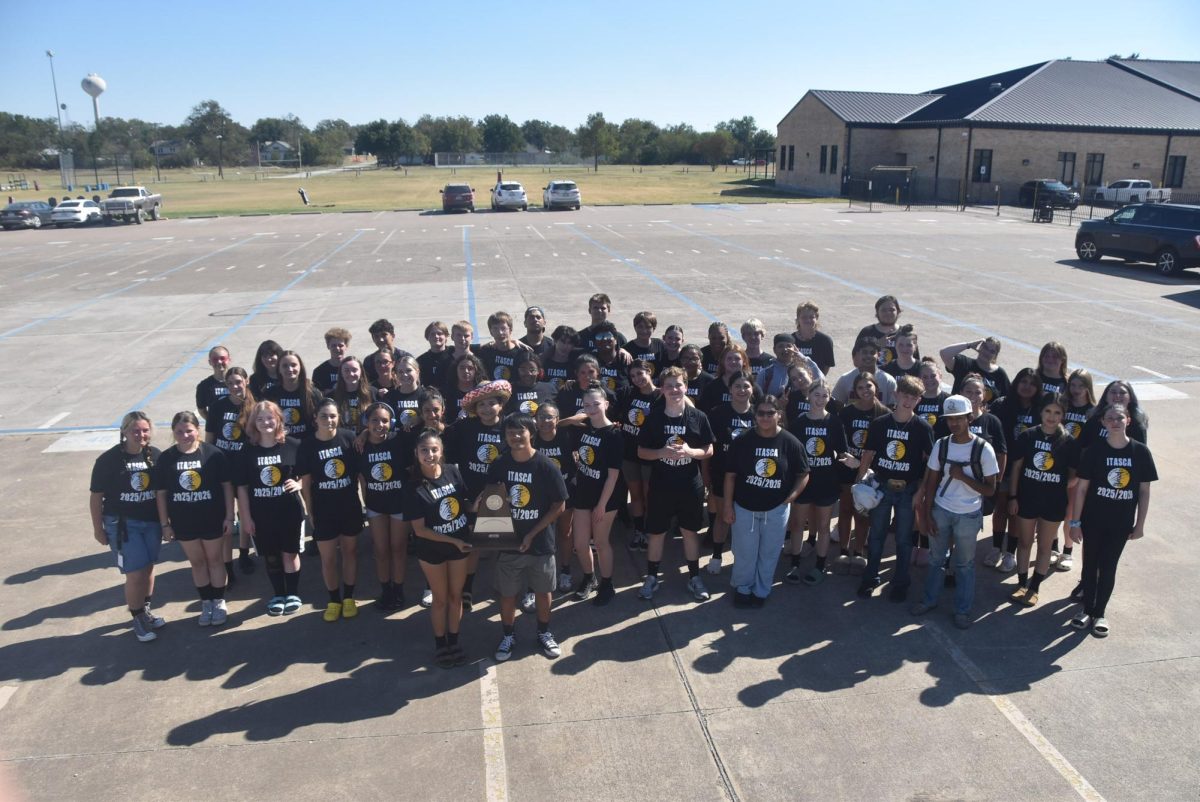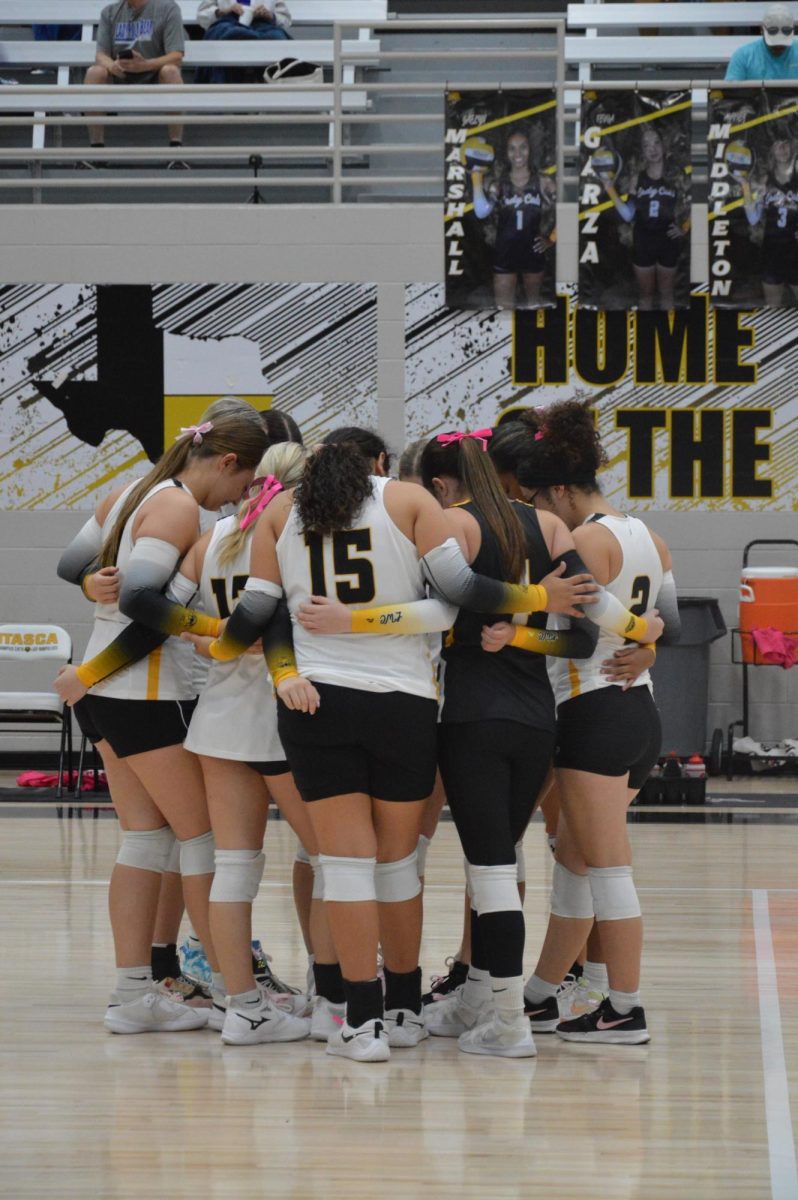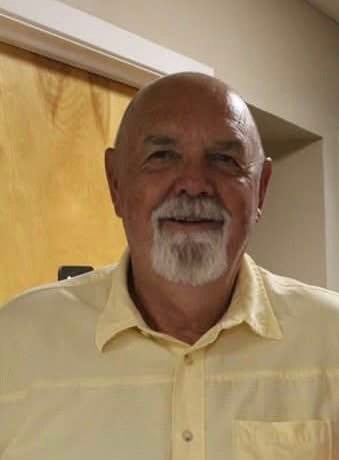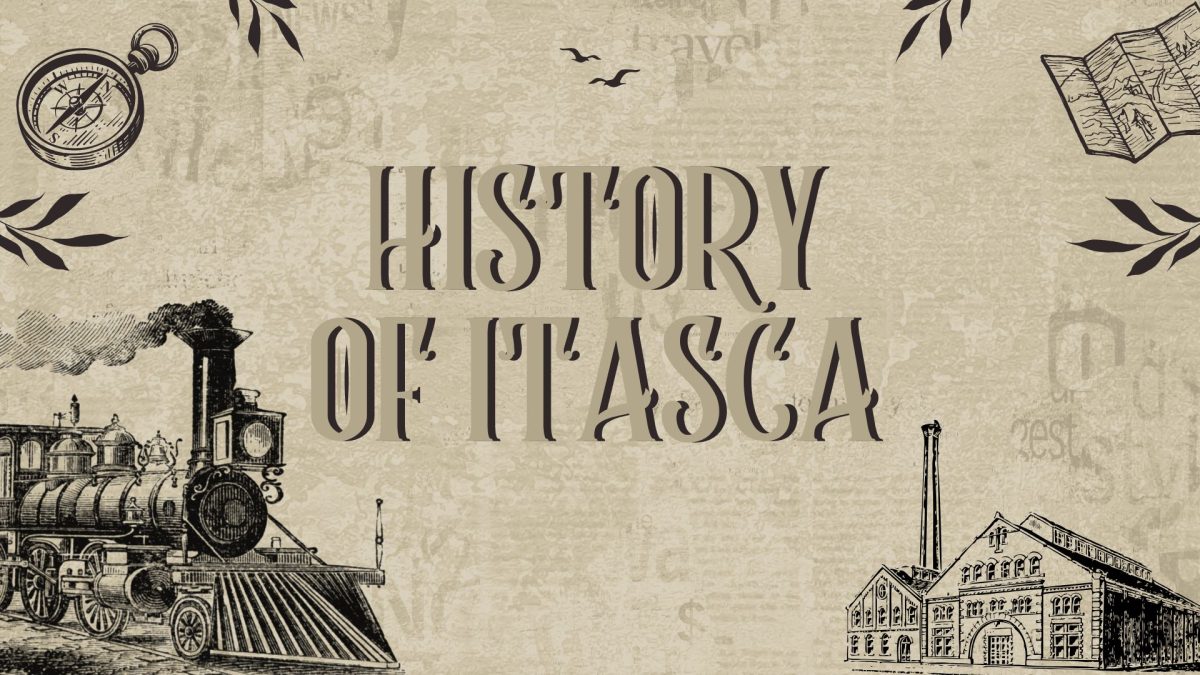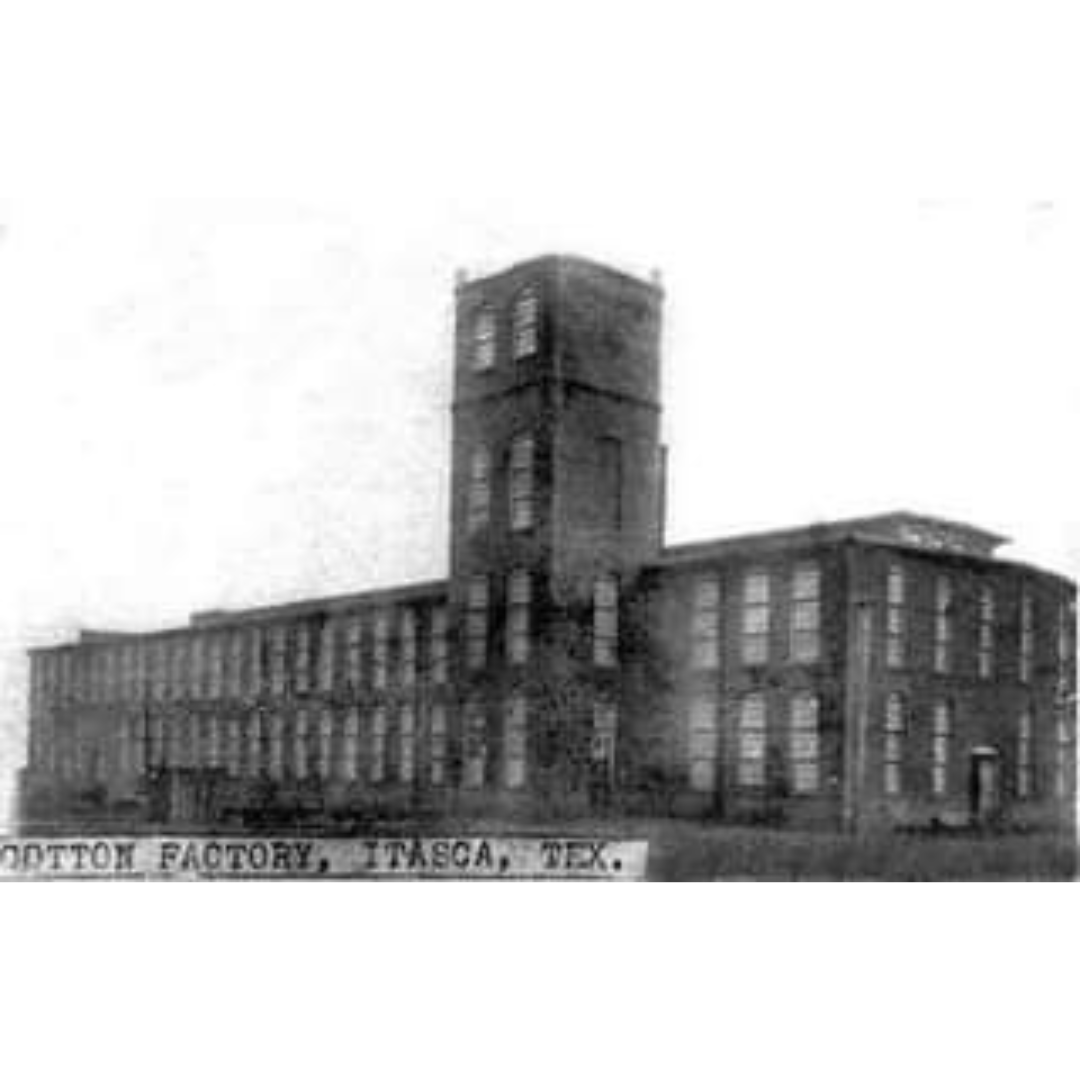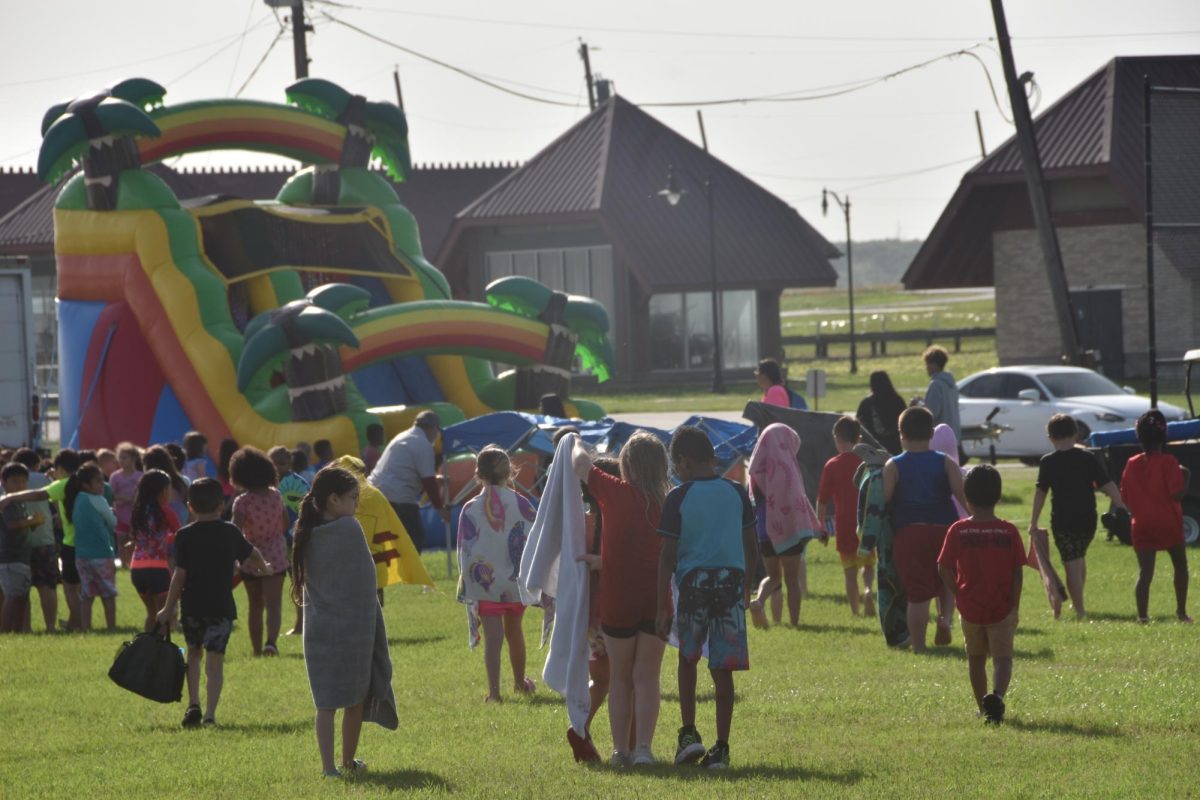Have you ever wondered how the City of Itasca came to grow? For this week’s feature, I will give you a quick history lesson!
In 1881, G.M. Dodge, a railroad agent from the Missouri, Kansas, and Texas Railroad, purchased 100 acres of land. That same year, the land was legally subdivided and mapped under the Arthur Renshaw survey, made available for sale to the public on October 10th, 1881. By 1893, a well was dug, providing the town’s water supply, and the first general store was built along with the Cumberland Presbyterian Church in 1884. The community began to grow, with a population of 548 by 1890.
In 1901, the Itasca Cotton Manufacturing Company was established, employing 350 workers. Itasca continued to thrive from 1906 to 1923, reaching a population of 2,500. During this time, paved roads were constructed, and Switzer Woman’s College and Conservatory of Music moved to Itasca from Weatherford (then back to Dallas in 1912). The Burney Military opened, although it only lasted two years, and natural gas became available to residents. However, during the Great Depression, the Itasca Manufacturing Company was forced to close briefly but reopened in 1933. A couple of years later, the Hill County Electric Cooperative was established.
Despite the growth, challenges arose. In May 1962, the Itasca Cotton Manufacturing Company was sold to the Harris Electric Manufacturing Company, which led to a significant decrease in the need for workers and local materials. As a result, many people began to leave, and by 1990, the population of Itasca had dropped to 1,523.
Although Itasca faced many challenges, it has continued to maintain community and grow into what we know today, the Big Little Town.


